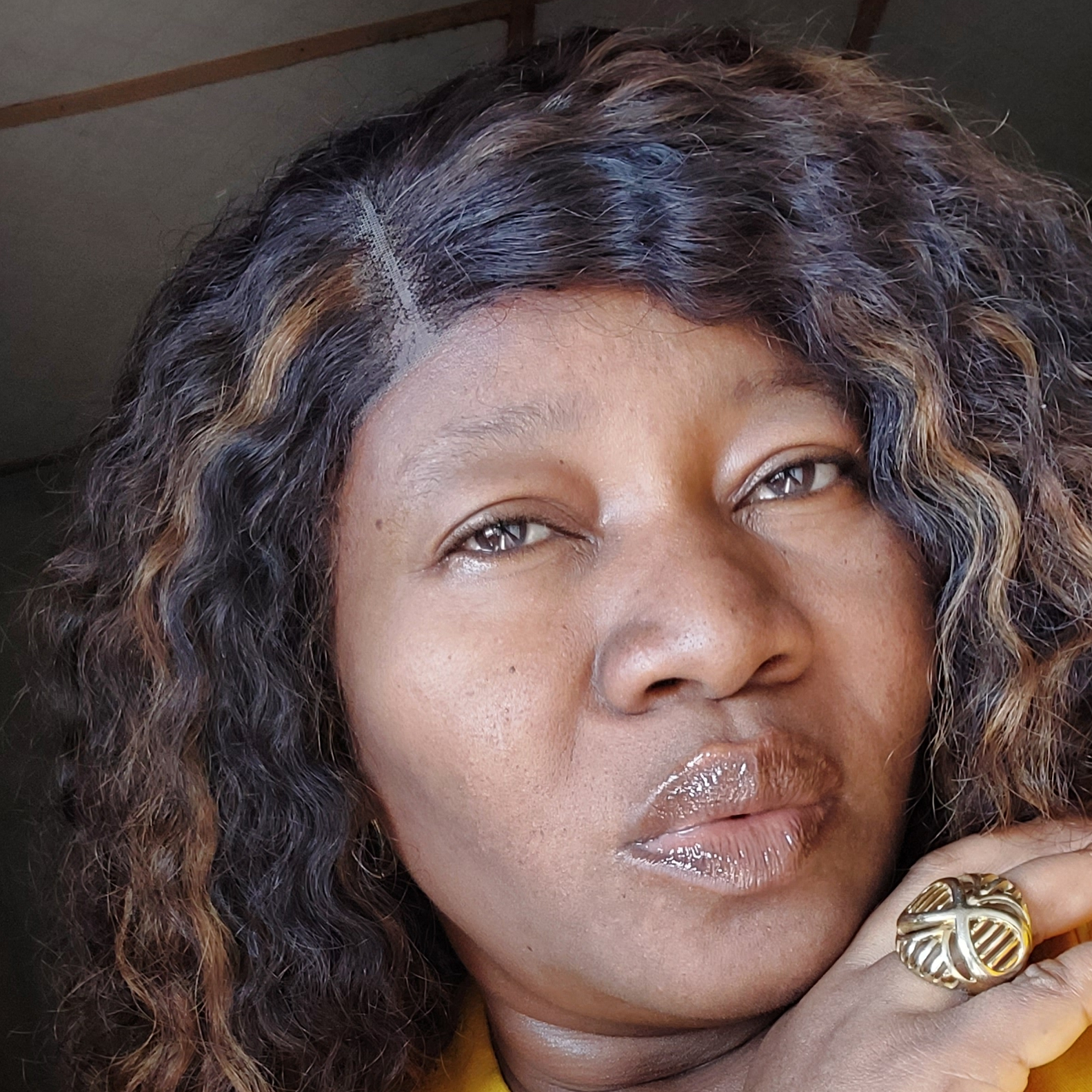Actualizaciones Recientes
-
Let's talk about breast cancer today
What is Breast Cancer?
Breast cancer occurs when cells in the breast grow uncontrollably. These cells usually form a tumor that can be seen on an X-ray or felt as a lump. It can begin in different parts of the breast, most commonly in the ducts or lobules.
Types of Breast Cancer
Non-invasive (in situ)
Ductal Carcinoma in Situ (DCIS): Cancer cells are inside the ducts and haven't spread.
Lobular Carcinoma in Situ (LCIS): Abnormal cells in the lobules, not true cancer but a risk factor.
Invasive (infiltrating)
Invasive Ductal Carcinoma (IDC): Most common; starts in the ducts and spreads.
Invasive Lobular Carcinoma (ILC): Starts in the lobules and spreads.
Other rare types
Inflammatory breast cancer
Triple-negative breast cancer
HER2-positive breast cancer
Paget’s disease of the breast
Male breast cancer (rare, but possible)
(These will be discussed in another post)
Risk Factors
Non-modifiable
Age (risk increases with age)
Gender (mostly affects women)
Family history
Genetics (BRCA1 and BRCA2 mutations)
Personal history of breast conditions
Modifiable
Obesity
Alcohol use
Smoking
Lack of physical activity
Hormone replacement therapy
Radiation exposure
Symptoms
Lump in the breast or underarm
Change in breast shape or size
Dimpling or puckering of skin
Nipple discharge (especially blood)
Inverted nipple
Redness or flaky skin on the breast
Pain in any area of the breast
Diagnosis
Clinical breast exam
Imaging: Mammogram, ultrasound, MRI
Biopsy: Core needle biopsy or fine needle aspiration
Stages
Staging is based on tumor size, lymph node involvement, and metastasis (TNM system):
Stage 0: Non-invasive (DCIS)
Stage I–III: Increasing tumor size and spread to nearby tissues or lymph nodes
Stage IV: Cancer has spread to distant organs (metastatic)
Treatment Options
Treatment depends on the type, stage, and characteristics of the tumor.
Local Treatments
Surgery:
Lumpectomy (breast-conserving)
Mastectomy (removal of the breast)
Radiation therapy
Systemic Treatments
Chemotherapy
Hormone therapy (for hormone receptor-positive cancers)
Targeted therapy (like HER2-targeted drugs)
Immunotherapy (especially in triple-negative cancers)
Prognosis
Prognosis varies widely depending on:
Stage at diagnosis
Tumor type and biology
Patient's age and health
Response to treatment
Early-stage breast cancer generally has a high survival rate, especially with prompt treatment.
Prevention & Screening
Lifestyle changes: Healthy diet, exercise, avoiding alcohol, maintaining weight
Screening:
Mammograms (starting age varies; typically around 40-50 depending on risk)
Breast self-exams and clinical breast exams
Genetic counseling/testing if there's a strong family history
Let's talk about breast cancer today What is Breast Cancer? Breast cancer occurs when cells in the breast grow uncontrollably. These cells usually form a tumor that can be seen on an X-ray or felt as a lump. It can begin in different parts of the breast, most commonly in the ducts or lobules. Types of Breast Cancer Non-invasive (in situ) Ductal Carcinoma in Situ (DCIS): Cancer cells are inside the ducts and haven't spread. Lobular Carcinoma in Situ (LCIS): Abnormal cells in the lobules, not true cancer but a risk factor. Invasive (infiltrating) Invasive Ductal Carcinoma (IDC): Most common; starts in the ducts and spreads. Invasive Lobular Carcinoma (ILC): Starts in the lobules and spreads. Other rare types Inflammatory breast cancer Triple-negative breast cancer HER2-positive breast cancer Paget’s disease of the breast Male breast cancer (rare, but possible) (These will be discussed in another post) Risk Factors Non-modifiable Age (risk increases with age) Gender (mostly affects women) Family history Genetics (BRCA1 and BRCA2 mutations) Personal history of breast conditions Modifiable Obesity Alcohol use Smoking Lack of physical activity Hormone replacement therapy Radiation exposure Symptoms Lump in the breast or underarm Change in breast shape or size Dimpling or puckering of skin Nipple discharge (especially blood) Inverted nipple Redness or flaky skin on the breast Pain in any area of the breast Diagnosis Clinical breast exam Imaging: Mammogram, ultrasound, MRI Biopsy: Core needle biopsy or fine needle aspiration Stages Staging is based on tumor size, lymph node involvement, and metastasis (TNM system): Stage 0: Non-invasive (DCIS) Stage I–III: Increasing tumor size and spread to nearby tissues or lymph nodes Stage IV: Cancer has spread to distant organs (metastatic) Treatment Options Treatment depends on the type, stage, and characteristics of the tumor. Local Treatments Surgery: Lumpectomy (breast-conserving) Mastectomy (removal of the breast) Radiation therapy Systemic Treatments Chemotherapy Hormone therapy (for hormone receptor-positive cancers) Targeted therapy (like HER2-targeted drugs) Immunotherapy (especially in triple-negative cancers) Prognosis Prognosis varies widely depending on: Stage at diagnosis Tumor type and biology Patient's age and health Response to treatment Early-stage breast cancer generally has a high survival rate, especially with prompt treatment. Prevention & Screening Lifestyle changes: Healthy diet, exercise, avoiding alcohol, maintaining weight Screening: Mammograms (starting age varies; typically around 40-50 depending on risk) Breast self-exams and clinical breast exams Genetic counseling/testing if there's a strong family history0 Commentarios 0 Acciones 323 Views 0 Vista previaPlease log in to like, share and comment! -
Two days ago we celebrated mother's day, come to think of it who is a mother?
A mother is someone who nurtures, cares for, and provides love and support to a child. This can be biological, adoptive, or even in a chosen family dynamic. A mother isn’t just defined by giving birth but by the role she plays in a child's life—offering guidance, protection, and unconditional love.
Characteristics of a mother
A mother is often characterized by a mix of emotional, psychological, and practical qualities. While every mother is unique, some common characteristics include:
1. Unconditional Love – A mother’s love is deep, unwavering, and not based on conditions. She cares for her children regardless of their flaws.
2. Nurturing Nature – She provides emotional and physical support, ensuring her children feel safe, loved, and cared for.
3. Patience – Raising children requires immense patience, from teaching life lessons to handling tantrums.
4. Selflessness – A mother often puts her child’s needs before her own, sacrificing time, sleep, and personal desires for their well-being.
5. Strength and Resilience – She remains strong through challenges, whether emotional, financial, or personal, to support her family.
6. Guidance and Wisdom – A mother imparts life lessons, values, and knowledge, helping her children navigate life’s ups and downs.
7. Protectiveness – She instinctively protects her child from harm, whether emotional or physical.
8. Compassion and Empathy – Understanding her child’s feelings and struggles, she provides comfort and reassurance.
9. Dedication and Hard Work – Whether she’s a stay-at-home mom, a working mother, or balancing both, she is committed to providing a better life for her child.
10. Forgiveness – Even when children make mistakes, a mother forgives and continues to support them.
While these characteristics are common, motherhood looks different for everyone. Some mothers may express love through actions rather than words, while others may be more emotional.
What do you think defines a mother best?
Let's have your opinion on thisTwo days ago we celebrated mother's day, come to think of it who is a mother? A mother is someone who nurtures, cares for, and provides love and support to a child. This can be biological, adoptive, or even in a chosen family dynamic. A mother isn’t just defined by giving birth but by the role she plays in a child's life—offering guidance, protection, and unconditional love. Characteristics of a mother A mother is often characterized by a mix of emotional, psychological, and practical qualities. While every mother is unique, some common characteristics include: 1. Unconditional Love – A mother’s love is deep, unwavering, and not based on conditions. She cares for her children regardless of their flaws. 2. Nurturing Nature – She provides emotional and physical support, ensuring her children feel safe, loved, and cared for. 3. Patience – Raising children requires immense patience, from teaching life lessons to handling tantrums. 4. Selflessness – A mother often puts her child’s needs before her own, sacrificing time, sleep, and personal desires for their well-being. 5. Strength and Resilience – She remains strong through challenges, whether emotional, financial, or personal, to support her family. 6. Guidance and Wisdom – A mother imparts life lessons, values, and knowledge, helping her children navigate life’s ups and downs. 7. Protectiveness – She instinctively protects her child from harm, whether emotional or physical. 8. Compassion and Empathy – Understanding her child’s feelings and struggles, she provides comfort and reassurance. 9. Dedication and Hard Work – Whether she’s a stay-at-home mom, a working mother, or balancing both, she is committed to providing a better life for her child. 10. Forgiveness – Even when children make mistakes, a mother forgives and continues to support them. While these characteristics are common, motherhood looks different for everyone. Some mothers may express love through actions rather than words, while others may be more emotional. What do you think defines a mother best? Let's have your opinion on this0 Commentarios 0 Acciones 523 Views 0 Vista previa -
0 Commentarios 0 Acciones 130 Views 0 Vista previa
-
0 Commentarios 0 Acciones 137 Views 0 Vista previa
-
0 Commentarios 0 Acciones 138 Views 0 Vista previa
-
This is a new day filled with so much blessings for us all, may God almighty guide us all and protect us in Jesus Name Amen.This is a new day filled with so much blessings for us all, may God almighty guide us all and protect us in Jesus Name Amen.0 Commentarios 0 Acciones 249 Views 0 Vista previa
Quizás te interese…

























